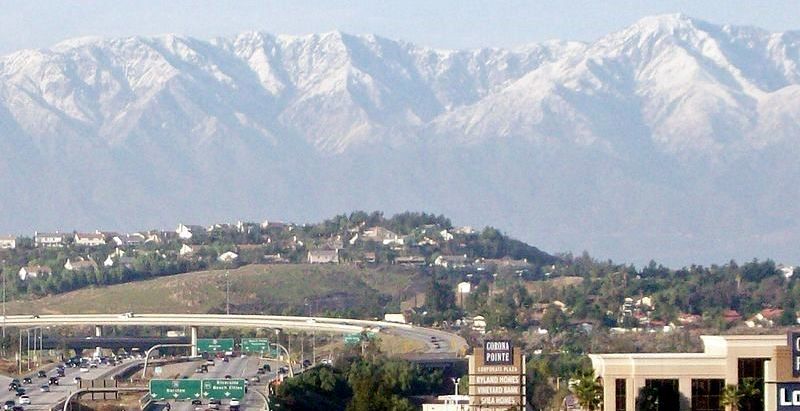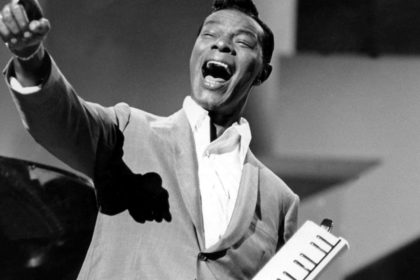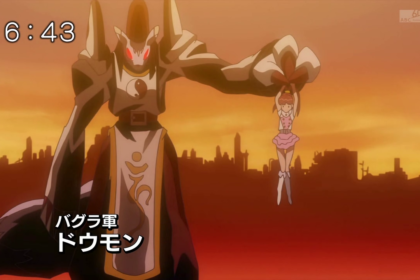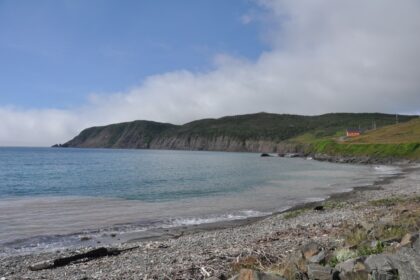Corona (Spanish for “Crown”) is a city in Riverside County, California, United States. Take a look below for 20 awesome and fun facts about Corona, California, United States.
1. As of the 2020 census, the city had a population of 157,136, up from 152,374 at the 2010 census.
2. The cities of Norco and Riverside lie to the north and northeast, Chino Hills and Yorba Linda to the northwest, Anaheim to the west, Cleveland National Forest and the Santa Ana Mountains to the southwest, and unincorporated Riverside County along the rest of the city’s borders.
3. Corona is approximately 48 miles (77 kilometers) southeast of Downtown Los Angeles and 95 miles (153 km) north-northwest of San Diego.
4. Corona, located along the western edge of Southern California’s Inland Empire region, is known as the “Circle City” due to Grand Boulevard’s 3 mi (4.8 km) circular layout.
5. It is one of the most residential cities in the Inland Empire, but also has a large industrial portion on the northern half, being the headquarters of companies such as Fender Musical Instruments Corporation, Monster Beverage Corporation, and supercar manufacturer Saleen.
6. Corona is Spanish for crown or wreath. Originally called South Riverside, citizens wanted to distinguish their city from the larger city of Riverside to the north.
7. When it came time to incorporate the city a number of different names were considered, but the name Corona was chosen to play upon a unique feature of the city, the one-mile diameter drive that circled the center of the town.
8. Corona was founded at the height of the Southern California citrus boom in 1886, and is situated at the upper end of the Santa Ana River Canyon, a significant pass through the Santa Ana Mountains.
9. The town of Corona was once the “Lemon Capital of the World”. A museum there presents the lemon’s former role in the local economy. The city derived its name (and its nickname, “The Circle City”) from the unique layout of its streets, with a standard grid enclosed by the circular Grand Boulevard, 2.75 miles (4.43 km) in circumference.
10. The street layout was designed by Hiram Clay Kellogg, a civil engineer from Anaheim who was an influential figure in the early development of Orange County.
11. Corona was established as a town by the South Riverside Land and Water Company. The company was incorporated in 1886; founding members included ex-Governor of Iowa Samuel Merrill, R.B. Taylor, George L. Joy, A.S. Garretson, and Adolph Rimpau.
12. Originally a citrus growers’ organization, it purchased the lands of Rancho La Sierra of Bernardo Yorba, and the Rancho Temescal grant and the colony of South Riverside was laid out. They also secured the water rights to Temescal Creek, its tributaries and Lee Lake.
13. Dams and pipelines were built to carry the water to the colony. In 1889, the Temescal Water Company was incorporated, to supply water for the new colony. This company purchased all the water-bearing lands in the Temescal valley and began drilling artesian wells.
14. Originally located in San Bernardino County, the city was named “South Riverside” and received its post office in that name on either May 27 or August 11, 1887 with Charles H. Cornell as the town’s first postmaster.
15. In 1893, South Riverside became part of the new Riverside County. In 1896, the city was renamed “Corona” for its circular Grand Boulevard, where three international automobile races were held in 1913, 1914 and 1916.
16. The city of Corona has been popular among celebrities drawn to its upscale areas and relative privacy compared to Los Angeles. Lucille Ball and Desi Arnaz spent time at their ranch, located in north Corona, and played golf often at the Cresta Verde Golf Course in the northeastern section of the city.
17. After their divorce, Mr. Arnaz continued to live in Corona.
18. In recent years Corona has been known as the “Gateway to the Inland Empire”. Prior to the 1980s, the city was largely an agricultural community, dominated by citrus orchards, ranches, and dairy farms.
19. High real estate prices in Los Angeles and Orange counties made the area’s land desirable to developers and industrialists, and by the late 1990s Corona was considered a major suburb of Los Angeles.
20. Housing development in the city has been accelerated by access to the area via the SR 91, with many families leaving Orange County to larger, more affordable housing available in the city.




